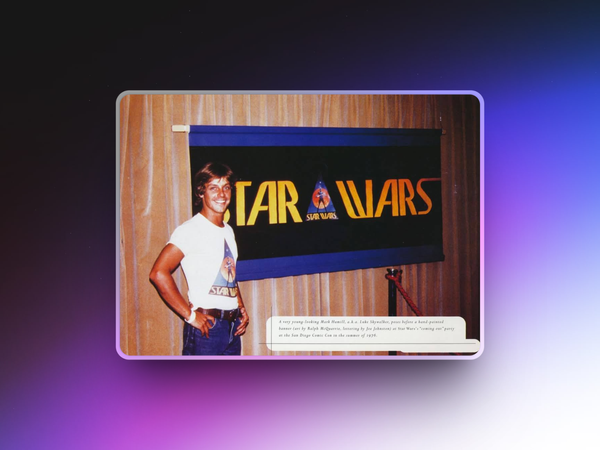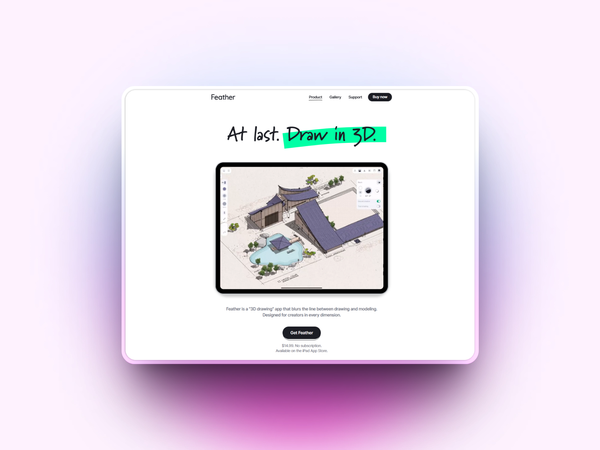Net Yaroze: Empowering a Generation of Aspiring Game Developers
Let's do it together!

In the late 1990s, the world of console video game development was a realm dominated by industry giants. Access to the necessary tools and resources was often limited to just a select few.
It was expensive too. Tens of thousands of dollars expensive. Not to mention, navigating the bureaucratic hurdles in the process could be a daunting challenge.
Even after all this time, I still pine after the Net Yaroze version of the PlayStation.
So-called bedroom developers were effectively locked out, having more luck programming on their trusty PCs. A decidedly democratic platform. The polar opposite of the console market - a breeding ground for innovative ideas and games, which continued to proliferate within the PC scene.
Enter Sony with the Net Yaroze.
A Kutaragi-led platform that tried to democratise PlayStation game development, offering game designers the chance to shape their careers while nestled in the comfort of their own homes, immersed within the potential of Sony's formidable first foray into console sales.
Even after all this time, I still pine after the Net Yaroze version of the PlayStation.
It will forever have a place in my heart from the day I drooled over it in an old gaming mag. Sure, I knew you could "create games on it", but truthfully I wanted it for more superficial reasons.
I wanted it because it looked beautiful.
To this day I think it's one of the finest consoles ever designed, only pipped by the ethereal and otherworldly PlayStation 2 design.
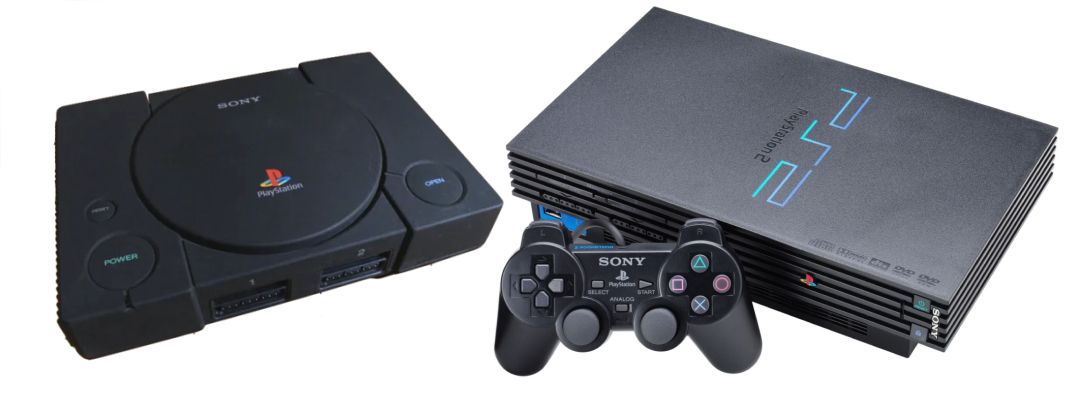
Design's value lies in the perception of the observer, however, and the people who bought Net Yaroze had much grander plans for this small but mighty development kit.
1996, The Birth of Net Yaroze
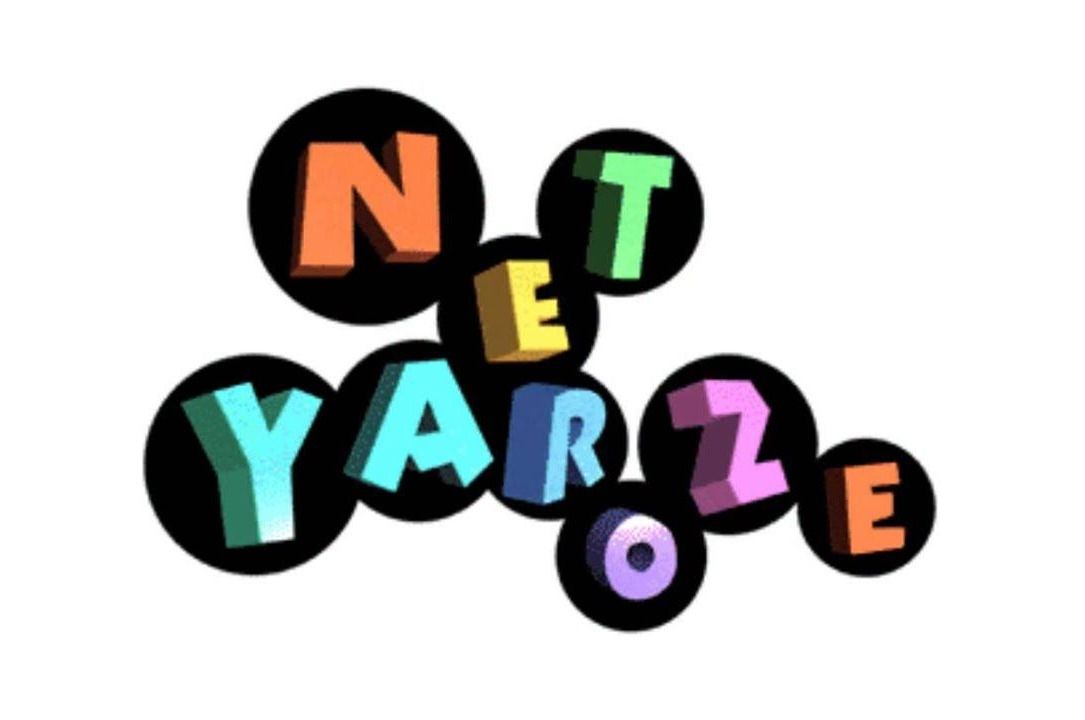
Net Yaroze was born out of Sony's desire to bring game development to the masses.
The project began in 1996 when Sony Computer Entertainment's research and development team, led by Ken Kutaragi, created a development kit for the original PlayStation.
The Net Yaroze kit, which cost around $750, was a far cry from the prohibitively expensive tools used by professional developers. It included a black PlayStation unit, a PC connection cable, and a software development suite.
The name "Net Yaroze" is a blend of Japanese and English, with "Net" signifying its network capabilities and "Yaroze" being a Japanese term roughly translating to "let's do it together." This name encapsulated the essence of the project: enabling enthusiasts and aspiring game developers to create and share their games.
It was fresh, and new, and signified that Sony wasn't afraid to try something for the sake of creativity and potential.

The mission behind Net Yaroze was clear: to reduce the barrier to game development and foster a thriving community of amateur game creators. The platform aimed to empower individuals often referred to as "bedroom coders," who had a passion for gaming but lacked the resources and connections to break into the industry.
From my singular perspective, it succeeded at this, as evidenced by the small and often mighty games released on demo disks every month with the Official PlayStation Magazine. The experience of delving into someone's creation was almost as enjoyable as playing the bigger AAA titles on offer.
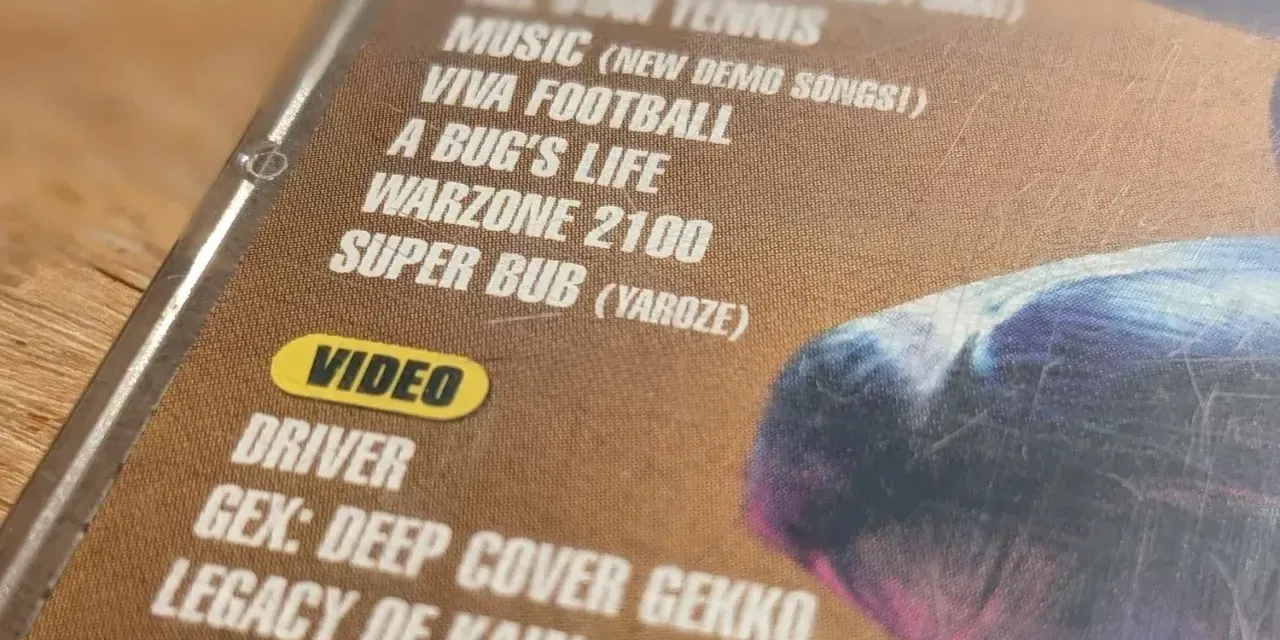
It was fresh, and new, and signified that Sony wasn't afraid to try something for the sake of creativity and potential.
Net Yaroze was released as a limited edition item and was initially available only in Europe, Japan, and North America. This strategic decision allowed Sony to test the waters and gauge the response from these regions, and it turned out to be a hit among budding developers.
A Creative Playground for All

One of the key features of Net Yaroze was its user-friendly development environment. It's unlikely that developers would have taken to it had Sony not provided them with the correct tools to get the best from it.
This is something that Sony was particularly good at, certainly during the PlayStation and PlayStation 2 eras. They often provided tools that were accessible to amateurs, allowing them to code, design, and create games for the PlayStation.
Let's not mention the state of development during the PlayStation 3 era, however.
The kit included libraries for 2D and 3D graphics, sound, and even network capabilities, which opened the door to online multiplayer experiences. Sadly, that aspect was never explored, which is hardly surprising given Sony didn't really engage in the online experience until Microsoft forced their hand with Xbox Live.

The Net Yaroze community quickly grew, with individuals from diverse backgrounds coming together to share ideas, code, and experiences. It wasn't just about game development; it was about camaraderie, learning, and mutual support.
It was giving those who couldn't before a chance to create something within the context of a PlayStation, and it was exciting. The platform enabled a sense of collaboration and encouraged newcomers to step into the world of game creation.
The Net Yaroze platform spawned a wealth of unique and innovative games. While professional studios churned out blockbuster titles, Net Yaroze developers were carving out their niche, often focusing on gameplay and creativity rather than high-end graphics.
Net Yaroze wasn't limited to developers alone now; it also catered to a community of gamers eagerly anticipating each month's new game showcased on demo discs.
Speaking of those games...
Terra Incognita
Crafted by the skilled hands of Stephen Lavelle, this puzzle platformer stood out for its remarkable blend of challenging gameplay and intricately designed levels. It not only enthralled players but also shattered the preconceived notion that Net Yaroze games were any less captivating than their mainstream counterparts.
In doing so, it served as a testament to the untapped potential of independent game development and showcased the creative prowess that could flourish within the Net Yaroze community.
Of all the Net Yaroze games I played, this was certainly the most graphically impressive. A wonderful love letter to JRPGs from that era.
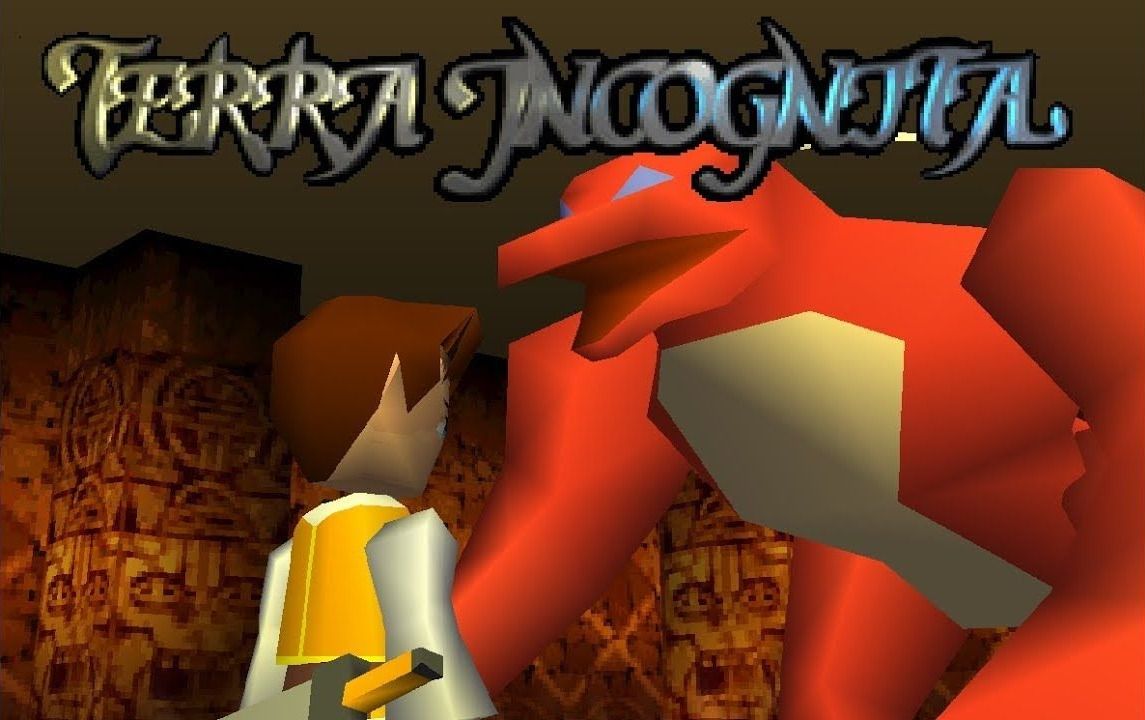
Haunted Maze
Forged by the ingenuity of Jamie Woodhouse, this first-person horror game was a compelling testament to the incredible versatility of the Net Yaroze platform. Despite the constraints of limited resources, Woodhouse achieved the remarkable feat of delivering a truly spine-tingling experience.
Well, it certainly seemed that way when I was just 12 years old.
His creation was fun and frantic. Once again we had a developer showcasing the potential for creating experiences that weren't too dissimilar to fully-fledged titles from budget publishers.
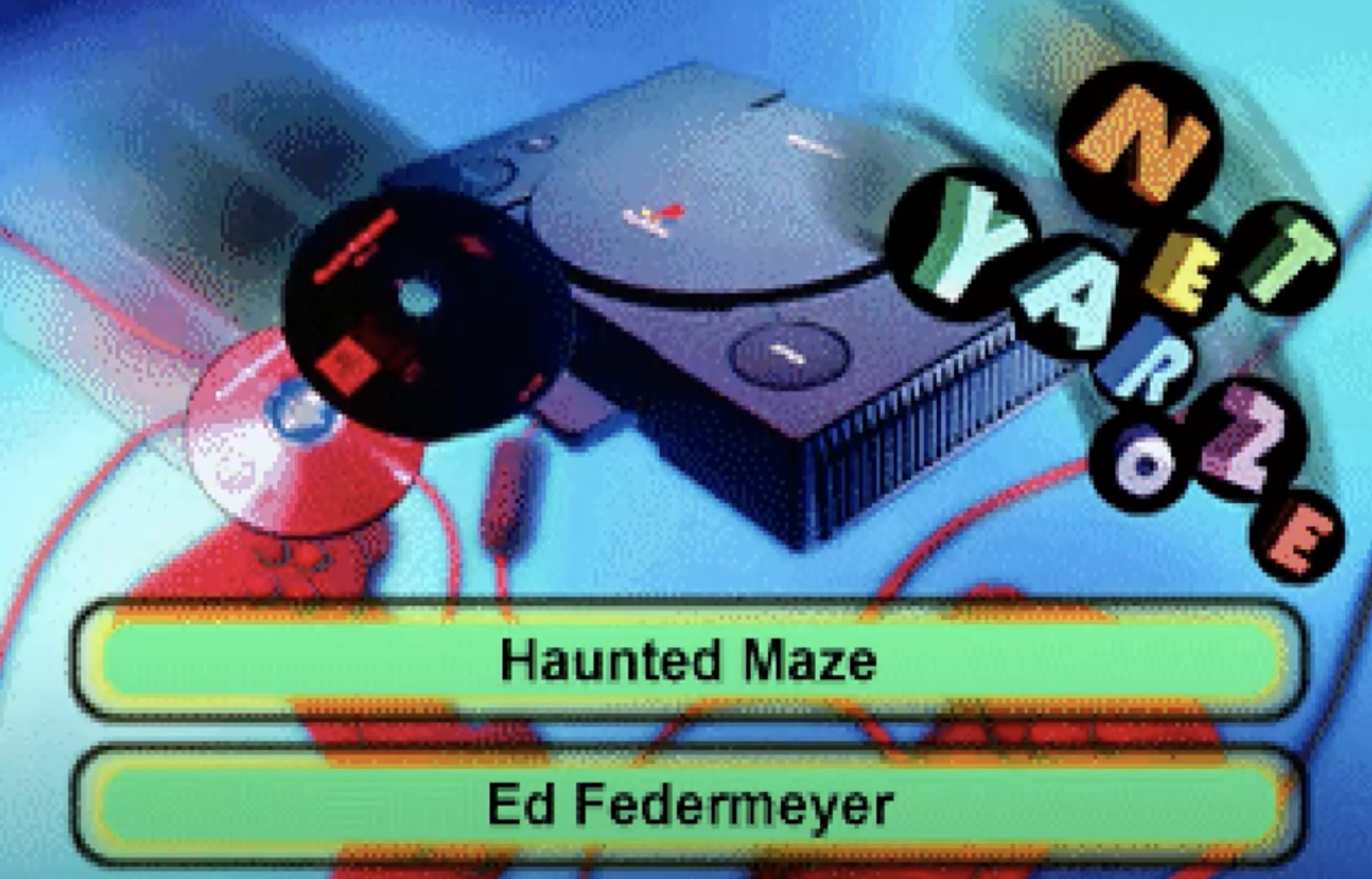
Super Bub Contest
A personal favourite. This puzzle game is simplistic, following similar design patterns to various puzzle games that came before it.
A quirky and charming puzzle game developed by Jeff Minter. It featured colourful graphics and delightful gameplay, and a crackin' soundtrack, even if it was just one song on a loop.
Super Bub proved that Net Yaroze was not limited to a particular genre or style.
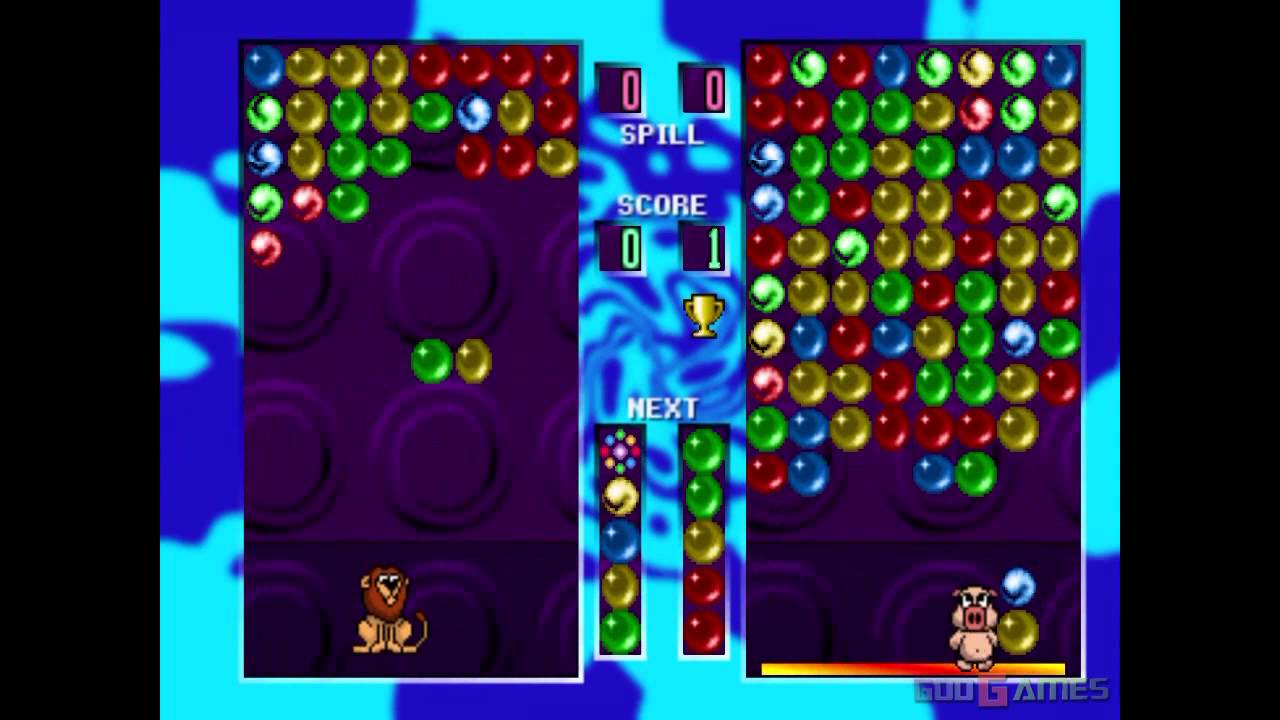
Decaying Orbit
Developed by Bruce P. Shay, this space shooter was a technical marvel. With impressive 2D graphics and challenging gameplay, it pushed the boundaries of just how intricate a game on the Net Yaroze platform could be.
One for those that like their challenges rock hard, however, as you're likely to either run out of time or run out of resources. Nonetheless, the ingenuity showcased here deserves high praise.
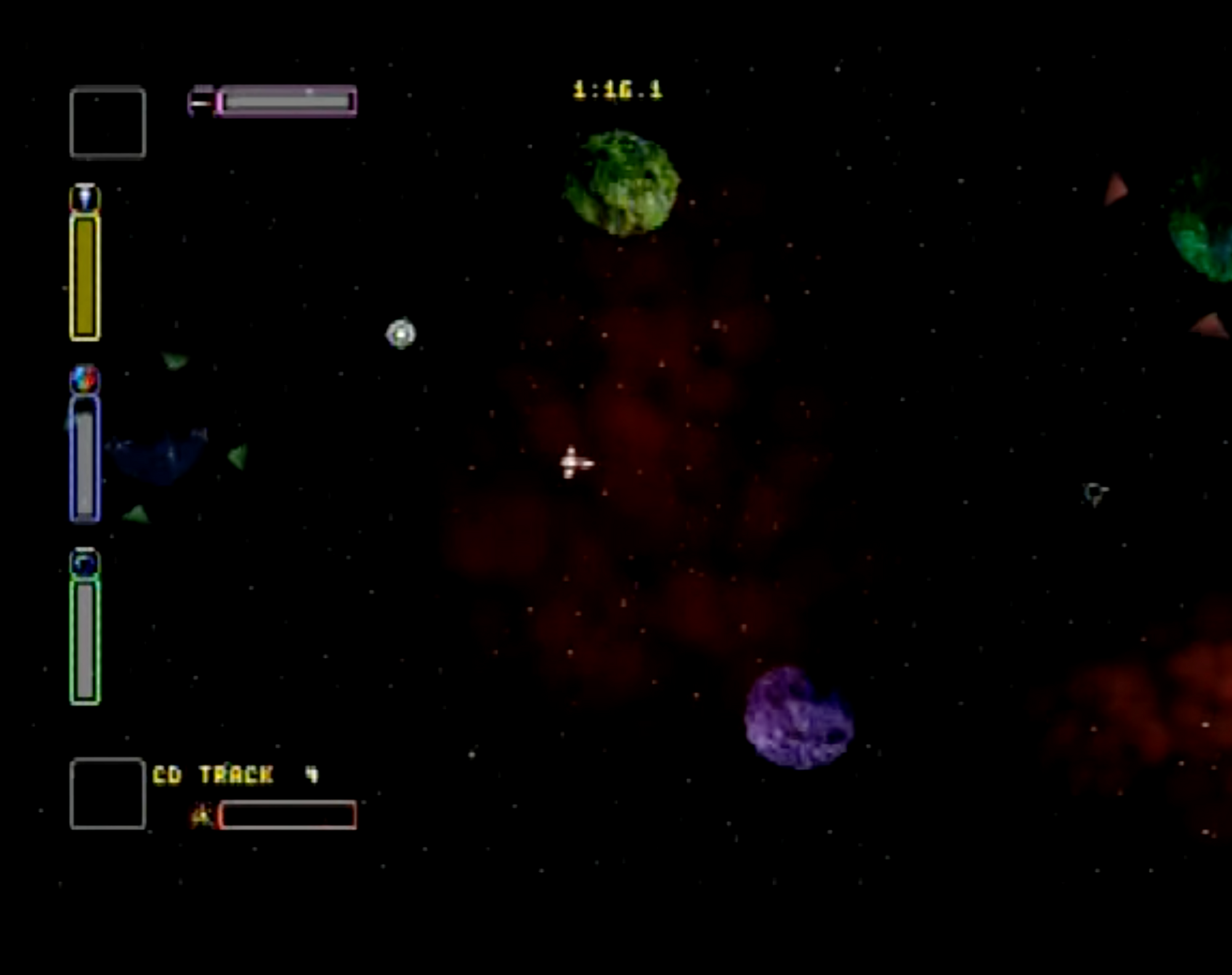
The Legacy of Net Yaroze
Net Yaroze was not just a kit for creating games; it was a stepping stone for aspiring developers and game designers.
Many individuals who started their journey with Net Yaroze went on to have successful careers in the gaming industry.
The lessons they learned and the connections they made within the Net Yaroze community were invaluable and the impact of Net Yaroze is still felt today.
It was a precursor to the indie game revolution, which has seen small teams and individuals create some of the most innovative and beloved titles in the gaming world.
The spirit of Net Yaroze lives on in platforms like Steam, indie game development communities, and initiatives that continue to democratize game creation.
It was a platform that turned dreams into reality, and for that, it will always hold a special place in the hearts of those who had the privilege of being part of its creative community, developers or gamers.
I'm glad we could do it together.


